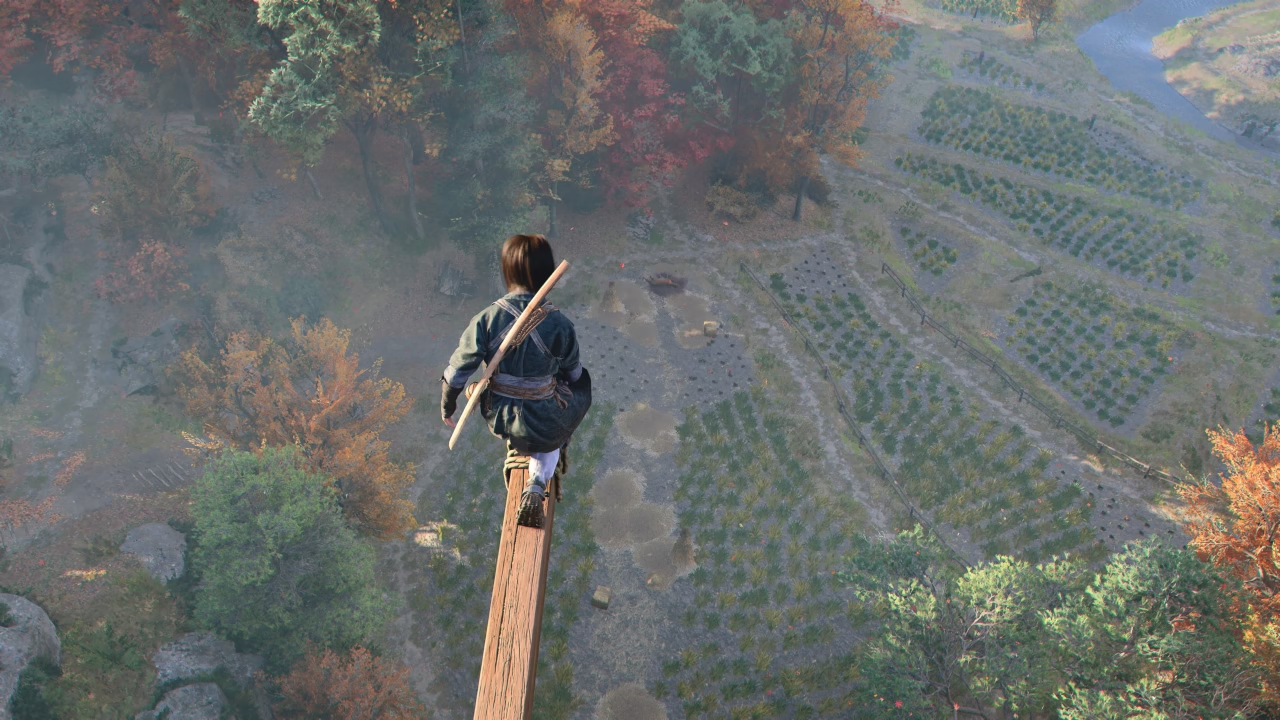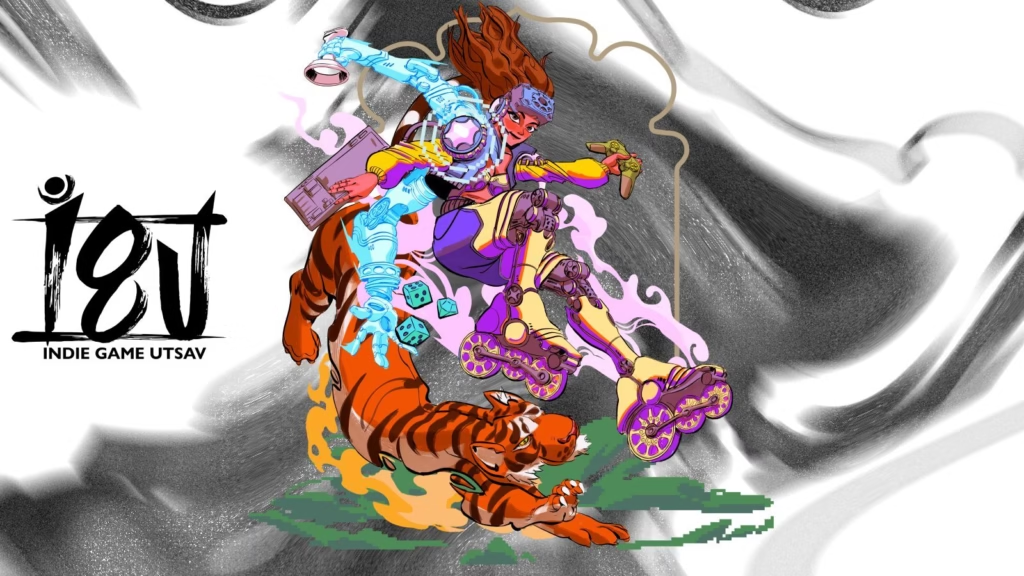It was not without a sense of scepticism, and even apprehension, that I ventured into Ubisoft’s latest offering in the grey-haired Assassin’s Creed franchise, Shadows. And said emotions felt somewhat justified in light of the studio’s previous massive open world outing, the Viking Age-set Valhalla, taking place (mostly) in the British Isles. While the game excelled at environmental design, the exceedingly buggy state at launch made the experience incongruous from the get-go. But beyond the more fixable aspects lurked something far more soul-sucking — bloat. I would describe the sheer tedium the game became a few dozen hours in, but just the memory of it makes my head feel heavy. Worse yet was how it overwhelmed the good aspects of the outing, making it a title that today sits as a synonym for bloated game design.
Fast-forward five years and an expansion-turned-standalone-Mirage later, the embattled French publisher has decided to give the fans (and some now only curious observers) of its franchise something they had been craving for millennia — a title set in Japan. There had been some cautiously optimistic words since the previews rolled out a while back, but my burned-before self had taken to the timeless wisdom of, I’ll believe it when I see it. Having done so as I write this, I’m quite happy to report, in the confidently casual hyperbole of Lt Aldo Raine, this just might be the studio’s masterpiece.
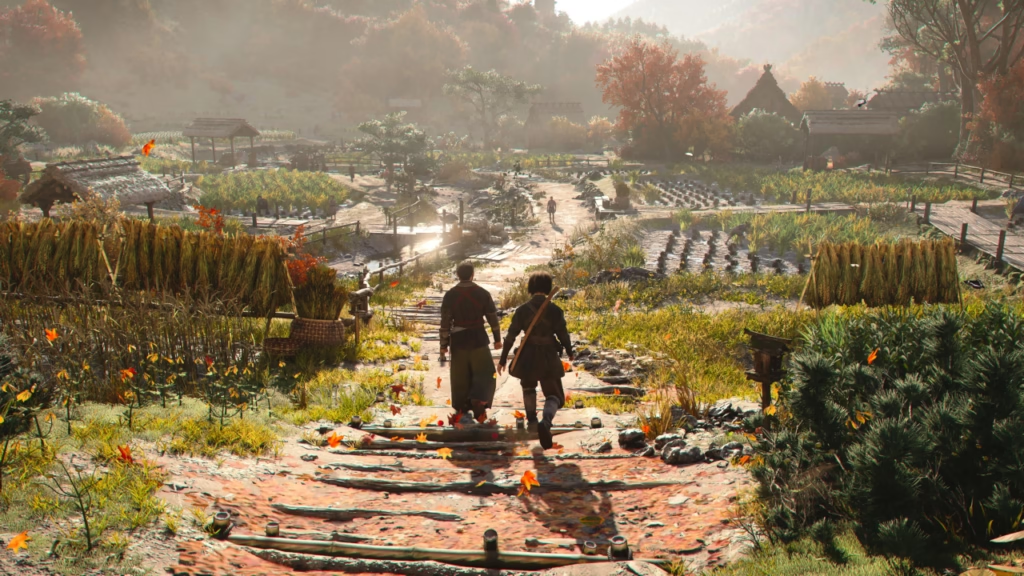
On a more sincere note though, I do believe that the developers over at Ubisoft Quebec have outdone themselves not only in enhancing the already-good elements from the recent years, but more importantly, addressing a vast range of factors that dragged these games down. Through a combination of simple tweaks to complete redesigns, Shadows stands as the most refined of current-phase Assassin’s Creed titles.
The space between two worlds
Set in 16th Century Japan towards the end of the Sengoku period when the country is engulfed by civil wars and social upheavals, the game follows the dual protagonists in Fujibayashi Naoe, a kunoichi (a female shinobi, or in more common parlance, a ninja), and Yasuke, an African slave-turned-samurai, inspired by the historical figure of the same name.
Unlike Odyssey or Valhalla, where you pick between a male or a female version of the same lead character to play with, Shadows‘ decision to tell the story from two wholly different perspectives not only adds a richness and novelty to the narrative, but makes the world feel more layered and fleshed out. While their motivations and actions often overlap, the two are also oceans apart. Yasuke, an outsider, unshackled but still trying to find his place in the world, older and wiser. Naoe, of the land and fighting for it, out to seek vengeance, young and impatient.
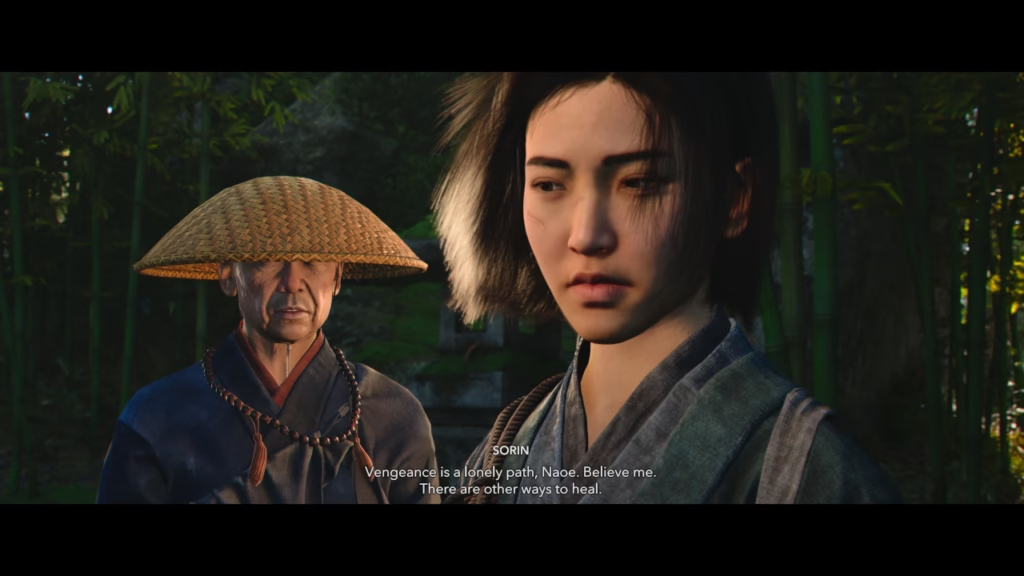
And while the game could easily have sugarcoated Yasuke’s origins and how he is perceived in the new lands, or made Naoe snarky or wisecracking, leaning into her youth, it sidesteps both in favour of more groundedness and nuanced sensibilities. In fact, the game discards much of the over-the-top bravado and one-tone aggressiveness of characters from the previous titles, instead opting for wider range and subtlety. There is a softness to the duo that does well to balance and contrast the casual violence of the world they are a part of.
All of which is helped by great voice acting across the board, and a story that excels in its relative simplicity and streamlined execution. While the game treads familiar beats when it comes to the core narrative — with the franchise-favourite themes of loss, vengeance, redemption, honour, sacrifice and so on — it’s how polished it all is that elevates the overall experience. That is not to say it never subverts your expectations, but even outside the twists and turns, the game gets its basics right, and goes on to build on that solid foundation. Think of it as watching an excellent genre film, you know what you are getting into, but are still surprised by how polished and well put-together it is.
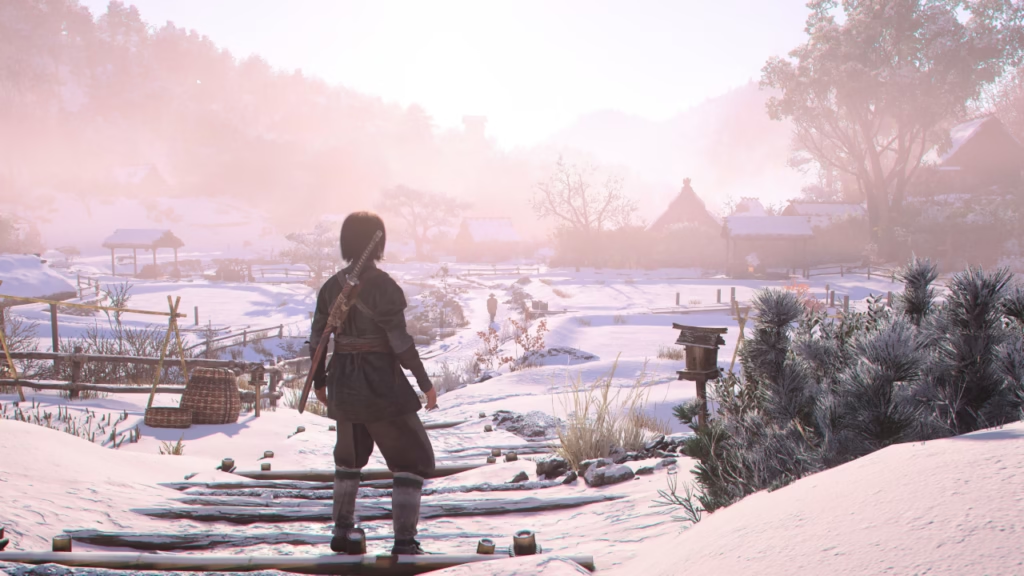
Speaking of genre films, Shadows takes a great deal of inspiration from classic Japanese cinema with its larger-than-life characters and knack for flourish and dramatics, but a bit more on that later. One of the new things the game introduces in the context of storytelling is the ‘canon mode’. Essentially, if you don’t quite care for the role-playing part of the ‘action role-playing’, the feature lets the game make choices for you (which the studio considers canon, hence the name), while you sit back and enjoy a fuss-free experience and focus on exploration and combat. The thing to keep in mind here is, for obvious reasons, once you opt in, there is no way to go back other than to start a new game. I chose to proceed with the default you-make-and-live-with-your-choices, but would love to see where this feature takes things in a subsequent playthrough. Regardless, I can imagine this being quite a handy barrier-removal upgrade for a lot of new as well as returning players, for the game has much to offer beyond dialogue choices.
Summer storms
If Shadows does an impressive job with the story and its investment-worthy characters, it knocks it out of the park when it comes to the design and visuals. While I can sit here and wax poetic about how spectacular the game looks throughout, we’ll save that for another day. For now, suffice it to say that this is easily the best-looking entry in a franchise known for its graphical pedigree
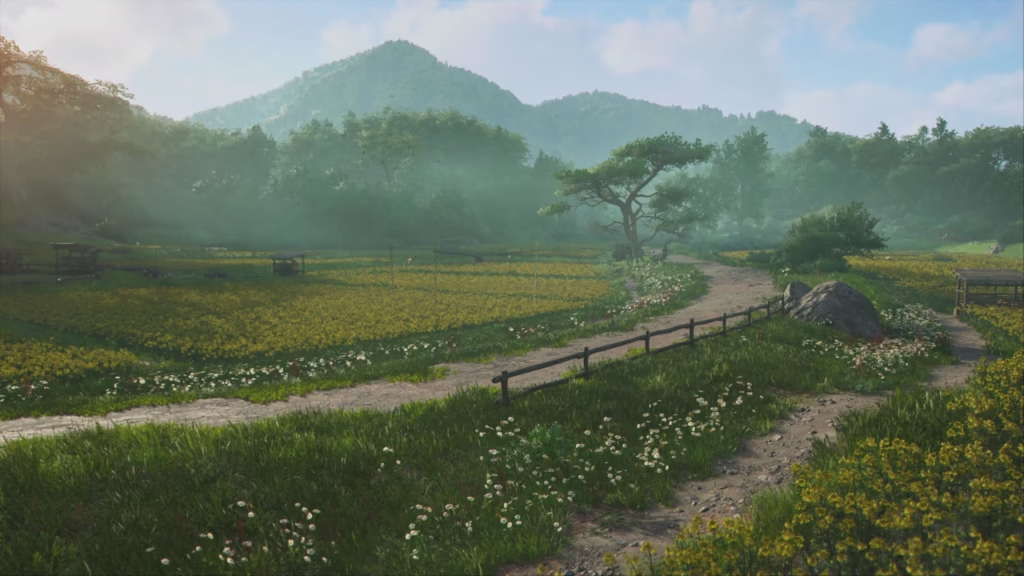
Good design permeates almost every aspect of the game, whether it is in the form of intricate architecture and the care taken in the recreation of temples, palaces, bamboo groves, villages or cities. Or the phenomenal weather and season mechanics (the feeling of sweeping winds and rolling thunderstorms never get old). Not to mention, this was the first title in the series where I couldn’t quite decide whether I preferred the daytime or the night; everything just looks breathtaking.
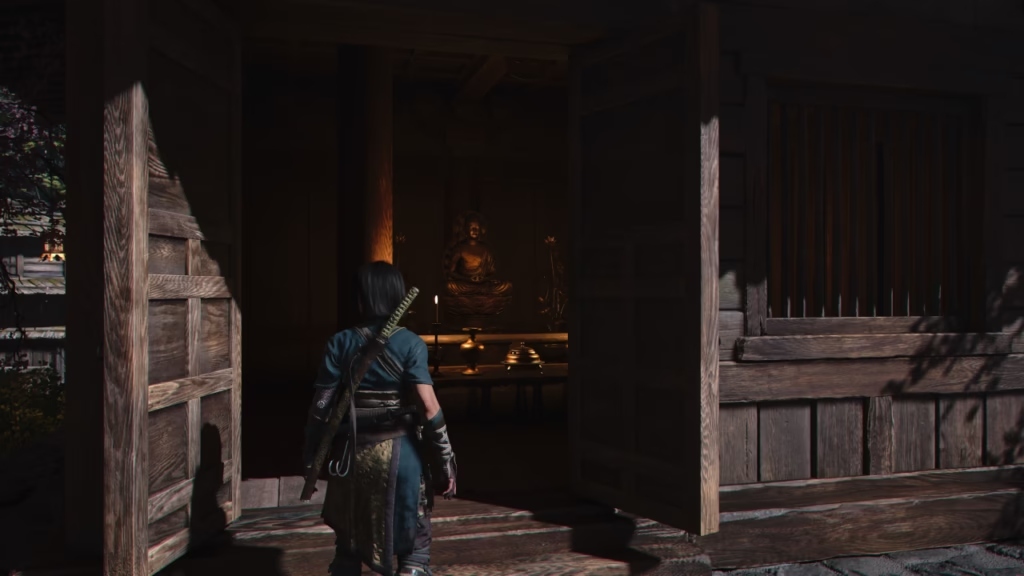
Part of you just wants to roam around the beautiful islands and get lost in the world, which feels vivid and alive. In fact, I rarely ended up using the fast-travel just because how much of an absolute delight it was to be on the road, taking in the sights and soaking in a sublime sound design. And in a world-design that is more contained and focused than some of the franchise’s previous outings (especially Valhalla), this also complements the gameplay at large. The fetch quests never feel tedious, nor do the long treks into unknown parts of the map.
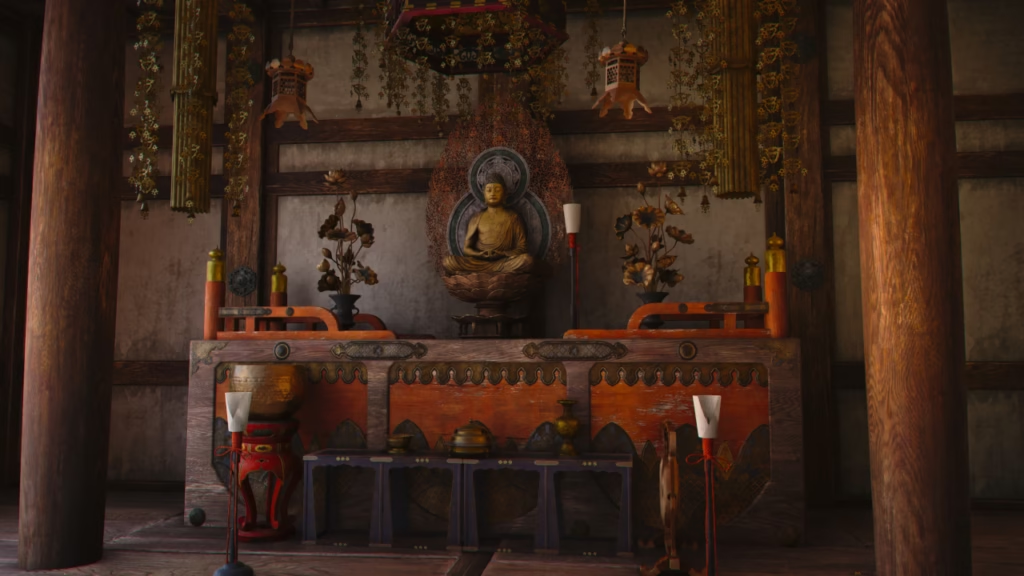
All of this combined with the aforementioned influence of Japanese motion pictures, consistently good character models (and hair physics!) and detailed costume designs makes for one of heck of a cinematic presentation.
Leaping through time
So where does this leave us with the actual gameplay, one of the most contentious aspects of the franchise since Origins? Well, in an incredibly good place.
Shadows boasts the most fine-tuned, focused, and not to mention, fun, combat systems that the series has seen since the open-world era. Every attack, move, and combo feels fluid and sharp. Every combat encounter and mission a giddy opportunity to mix and match the different (and upgradable) skillsets and variety of weapons at your disposal. And that is before we even get into the thoroughly different play styles of Naoe and Yasuke.
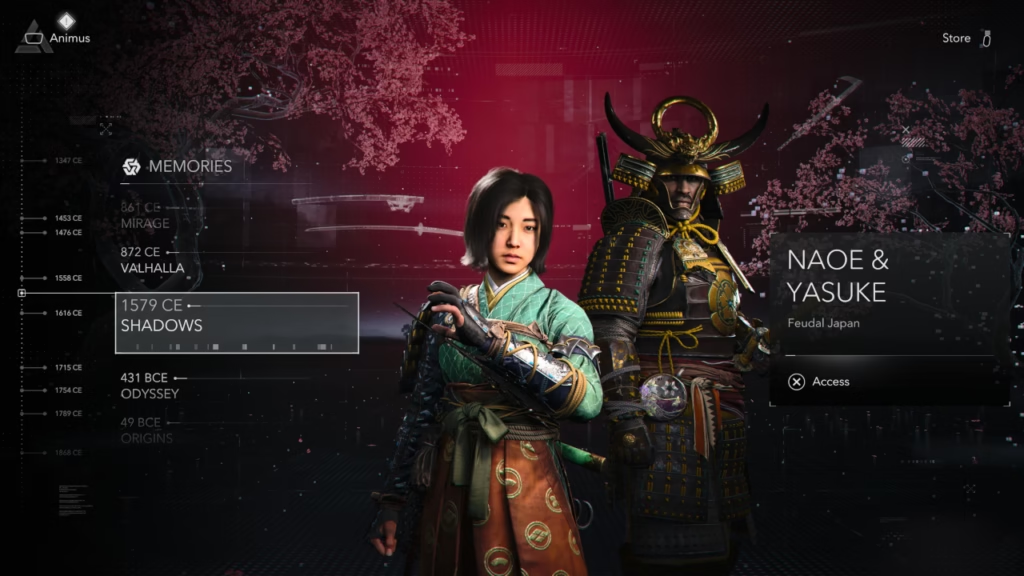
Naoe the shinobi is the quick and sneaky one. The one with the assassin’s blade, whom you need when you want to play stealthily and infiltrate an enemy location. Yasuke the samurai is the one who can rush through doors, has exceedingly powerful attacks (and a health bar to match it) and perhaps even take on a small army head-on. He is the one you need when you want to paint the walls red or send heads flying. And it’s not as though Naoe can’t take enemies outside the shadows or Yasuke can’t keep quiet (and it’s a fun challenge in itself), but there are limitations. Naoe’s strongest attack might be weaker than the weakest one Yasuke can deliver, while the samurai is not very handy when it comes to climbing structures.
For the most part, you can switch between the two (after you have progressed to a certain stage in the game) at any given point, with a lot of quests earmarked for one or the other style (but still giving you the choice). Meanwhile, there are certain missions where you switch between the two (with the choice taken away), not unlike Grand Theft Auto V. And speaking of other games, if you have dabbled in The Last of Us Part II, the feeling of switching from Naoe to Yasuke is not too different from switching between Ellie and Abby; only here, there is far more gameplay depth to it.
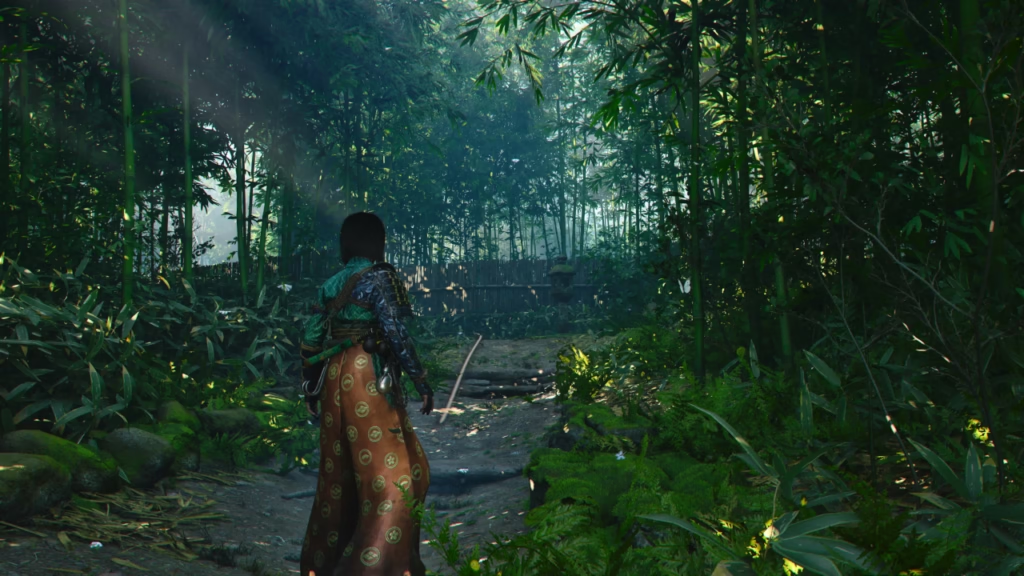
And speaking of depth, Shadows comes with several other changes and new mechanics that (mostly) go a long way in enhancing the overall experience.
In terms of immersion, the game introduces the scout system, where rather than magically pinpointing your next objective on the map, you get general pointers on where you might need to look. You subsequently send out scouts (or do it yourself) to zero in on your target. While it can be frustrating at times, it’s usually a good way to encourage players to familiarise themselves with the lay of the land, and is a decent bit of fun. Although you can crank this up even further alongside the canon option at the beginning of a new game.
Exploration is also encouraged and rewarded (as if one needed a reason) by the usual XP gains and side-quests. But here’s where we see two of my favourite additions to the game — the pathfinder and the new quest menu/tab.
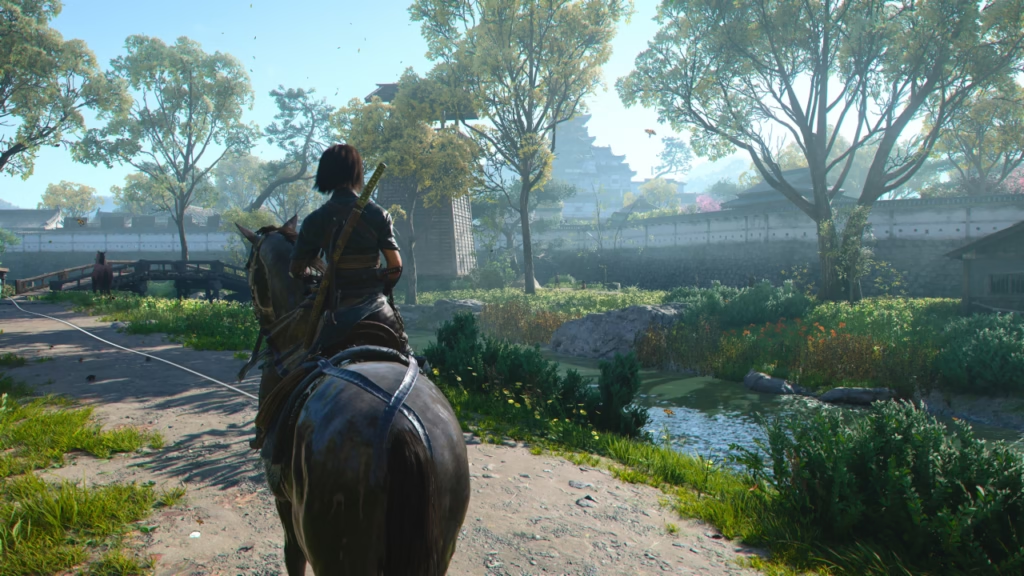
The former, simply put, acts as a navigation tool, guiding you to your marked destination via a silver line running through the roads and paths. And not unlike Google navigation, it’s not perfect, but almost a game-changer if you are looking to streamline your quests as well as free exploration. The latter is just a redesign (more of a mix of elements from previous games) that makes tracking and keeping up with various main and side quests a much more white-board experience rather than scrolling through endless lists.
A few of the new additions, more specifically the canon mode, do come with some seemingly unintended side effects. At times, it feels like unless you pick the right (or canon) choice, the game short-charges you in terms of dialogues, cut scenes or general sense of continuity. In some instances, there appears to be a ‘right sequence’ to do quests, but there is no indication for the same, making the experience a little jarring. But these instances are few and far between, and might even be fixed with a simple patch in the coming days.
The sun also rises
With Assassin’s Creed Shadows, Ubisoft seems to have hit a high note, delivering one of the most out-of-the-box polished games of this scale by a Western studio in recent years. Not only is the game a tour de force within the franchise, but an evocative standalone experience, and one of the best the genre has to offer.
And to all the historical fiction fans out there who fell in love with the franchise for all the right reasons, rejoice.
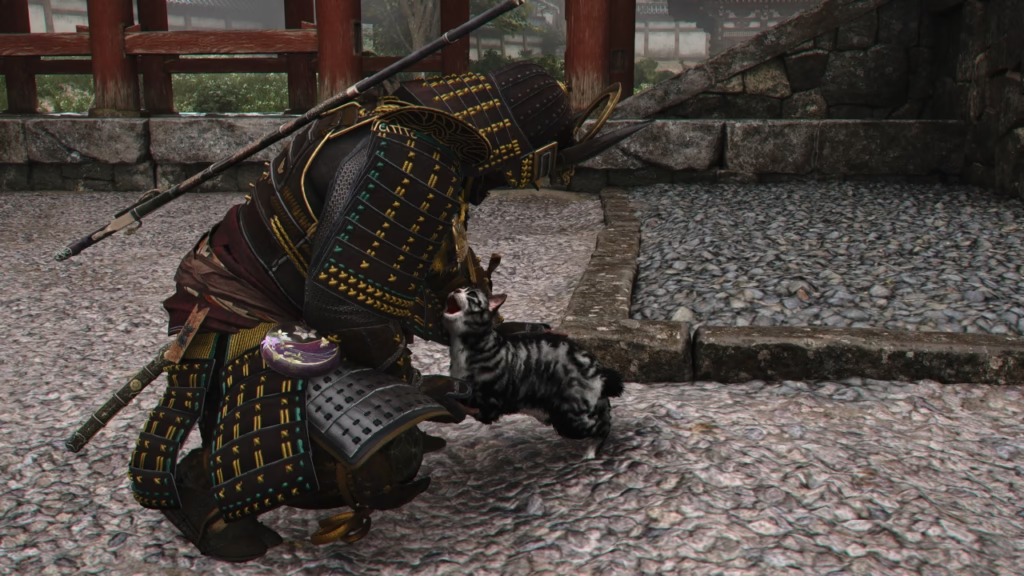
Game reviewed on PlayStation 5. Review code provided by publisher
All images via screengrabs from the game.
